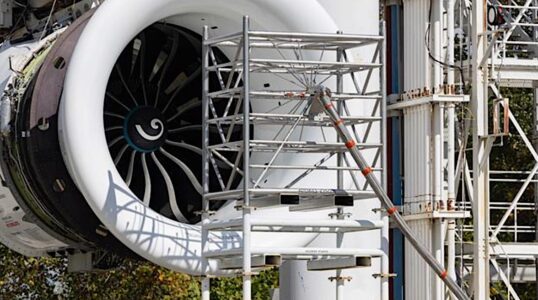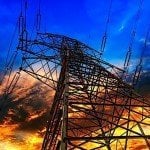A combination of retrofitting initiatives may be the key to reducing Canada’s above-average energy consumption, according to a new report from the Conference Board of Canada. Canada ranks near the top of energy-intensive countries and is also among the highest greenhouse gas emitters per dollar GDP. The greenhouse emissions aren’t necessarily energy-related since 80 percent of power in Canada now comes from either renewable or low-emission sources.
The report found that the three most significant areas of potential savings for manufacturing and commercial sectors are found in retrofitting of lighting, computer equipment, automation, and HVAC equipment. The report also recommends more policy intervention, particularly related to land-use measures and equipment standards, and also subsidies for renewable energy.

Failure of programs due to consumer behaviour
In Canada, it usually falls to the utility companies to implement any programs designed to promote energy efficiency. Utilities are uniquely well-placed to conduct energy audits and energy-efficiency retrofits. The report lays the blame squarely on the energy consumers, including commercial consumers.
Len Coad, the research director at The Conference Board of Canada, reported: “energy efficient measures have not been fully adopted to the extent that it would be economically efficient to do so, in part due to market and consumers behavioural failures.”
Without conservation measures, the National Energy Board projects Canada’s energy demand will grow at an annualized rate of 0.7 percent — soaring to 13,868 petajoules by 2040. The new report from the Conference Board projects a 15 percent reduction in this usage if energy conservation becomes a priority for both manufacturers and consumers.
































